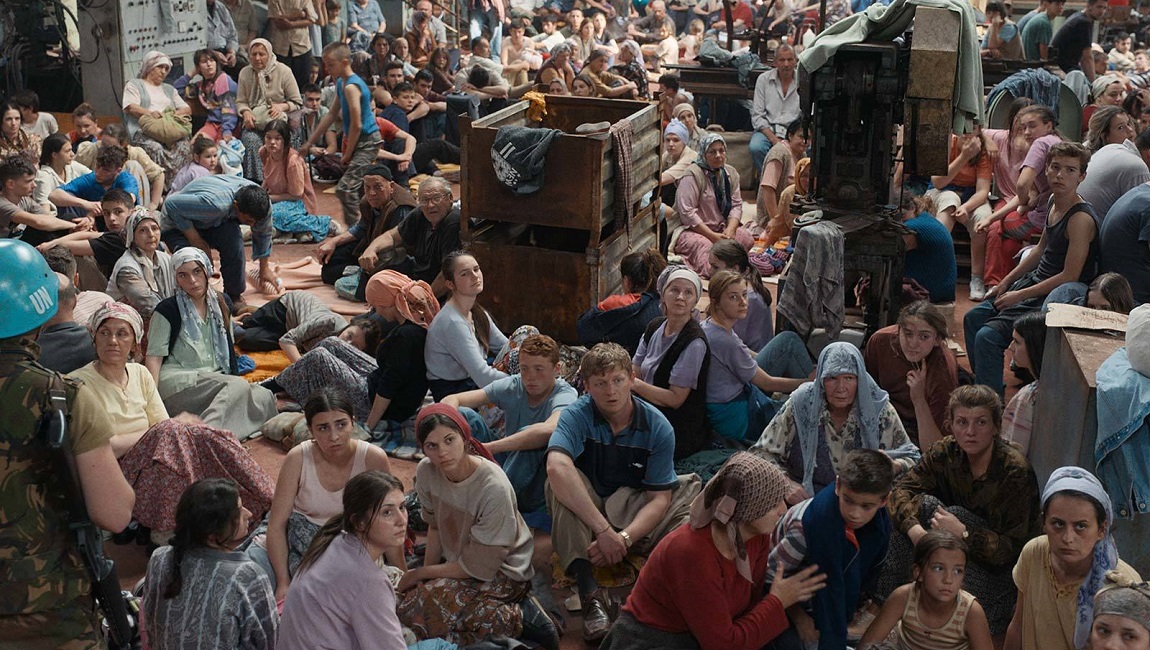Although it’s ostensibly science-fiction, The Tree House is a film grounded in the past, present and future — or perhaps it occupies the gaps in between? Narrating from Mars (a location never seen, only referenced), director Truong Minh Quý leads us through the caverns of the image-memories belonging to a long-hidden ethnic group of the Vietnamese jungle, the Rục people, before branching off into a father-son dialogue. Throughout the film’s various time frames, the Rục people are witnessed at different stages in their forcible departure from home, which leads to their eventual demise in a possible future. First, they are shown on film taken by American soldiers during the war, who cleared Rục tree houses to prevent North Vietnamese soldiers from making use of them; later, as figures returning to the caves of their past to speak about everything and everyone lost; and then finally, as specters rendered in negatives. Split-screen is used twice to conjunct these moments in time, with the grainy footage of American soldiers relocating the Rục people contrasted against the same kind of tree houses now empty — thus were the Rục’s images stolen and reduced to image-memories.
Viewed from the future, these fragments cycle through the same symbols, now drained of vitality. It’s suggested that the Rục were pushed forward 1000 years in their evolution by being taught how to grow and harvest rice, yet they were wrenched from their abodes for that to happen. Modernity’s desire for homogenization led them from their caves. And so, now, split-screen is used to contrast the realm of the living and the dead, establishing a dialogue between the two, each seen in positive and negative images that combine into a nullified present of an endangered people. Through the narrator’s words and his dialogue with his father, it becomes clear that imagemaking and its function as a form of memory is of central importance here, illustrating for some unseen audience that memories depend on images and that forgetting means losing a part of oneself. Minh Quý’s journey throughout the film thus plays as an ethnographic exhumation mediated by his own personal reflections and worries that this unseen future — where one’s beginnings have been forgotten — will become reality and that, like the Rục, we will be forced from everything that once was dear.
Published as part of New York Film Festival 2019 | Dispatch 3.







